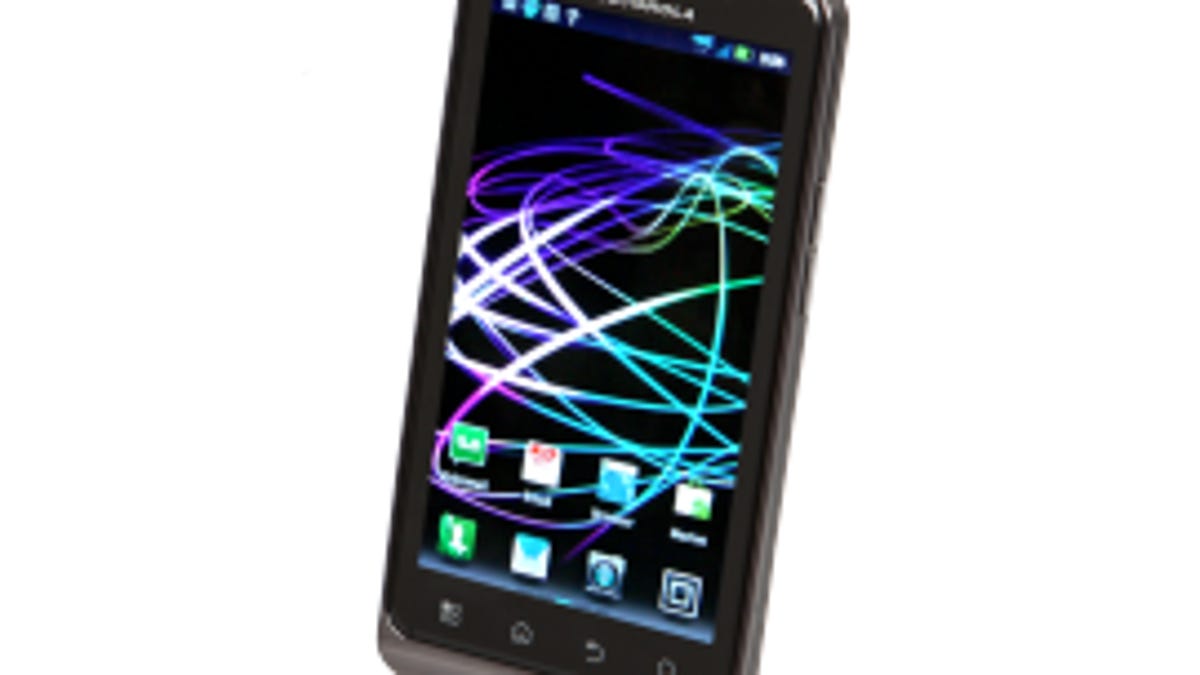'Subconscious mode' extends handset battery life
A professor at the University of Michigan has developed a new technology that can apparently extend a handset's battery life up to 54 percent.

The battery life of mobile devices could be drastically improved with the help of a "subconscious mode" developed by University of Michigan professor Kang Shin and doctoral student Xinyu Zhang.
Speaking to Science Daily, which first reported yesterday on the technology, dubbed E-MiLi, Shin said that even when a handset is not in use, a device's wireless radio is searching for incoming data just as much as it would when folks are using the device. The result, the professor said, is a drastic reduction in battery life.
To address that issue, E-MiLi leaves the phone in a "subconscious mode" when it's not in use. When in that mode, the device's wireless radio is operating at one-sixteenth of its normal operating speed, and only goes back to full capacity when it's receiving data. According to Shin, E-MiLi is capable of improving battery life in mobile devices by as much as 54 percent, and total energy consumption savings is usually pegged at 44 percent on platforms.
Related stories:
• Droid Bionic impresses with long battery life
• Six ways to improve iPhone battery life
• Tested: iPhone 4 and Android phones
Improving battery life is a hot-button issue in the mobile industry. Gone are the days when people would simply place or receive calls on handsets. Nowadays, folks are also surfing the Web, playing games, and checking e-mail. And all that usage is requiring handset makers to deliver better battery life.
Apple has been working hard on battery life over the last several years. The company's iPhone 4 currently allows up to 7 hours of talk time on 3G and 14 hours on 2G. In standby, the device can last up to 300 hours on a single charge. Motorola's recently released Droid Bionic offers nearly 11 hours of talk time, according to the company. On standby, it can last up to 200 hours.
In order for E-MiLi to make its way to devices such as the iPhone or Droid Bionic, however, it will take some work. According to Science Daily, in addition to "processor-slowing software," E-MiLi firmware would have to be installed on Wi-Fi chipsets. Those chipsets would then need to be added to handsets. In order for E-MiLi to work, it needs messages to be encoded and detectable by the wireless radio in subconscious mode. That can only be possible when the firmware is in place.
The University of Michigan has applied for a patent on the technology. It also plans on bringing it to chipset makers, though a timetable has not been set.

